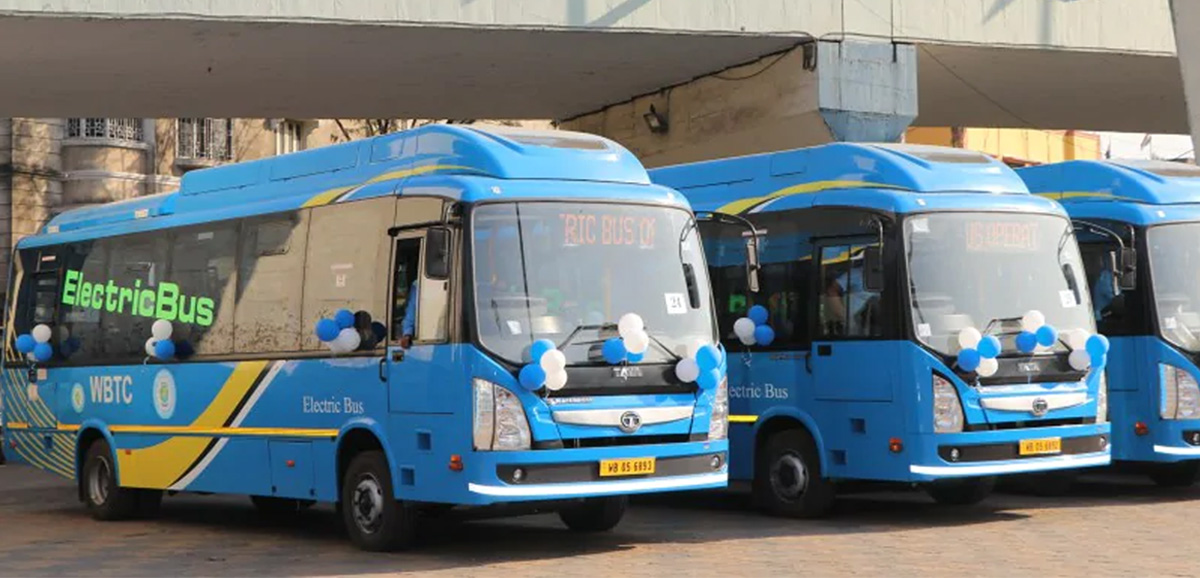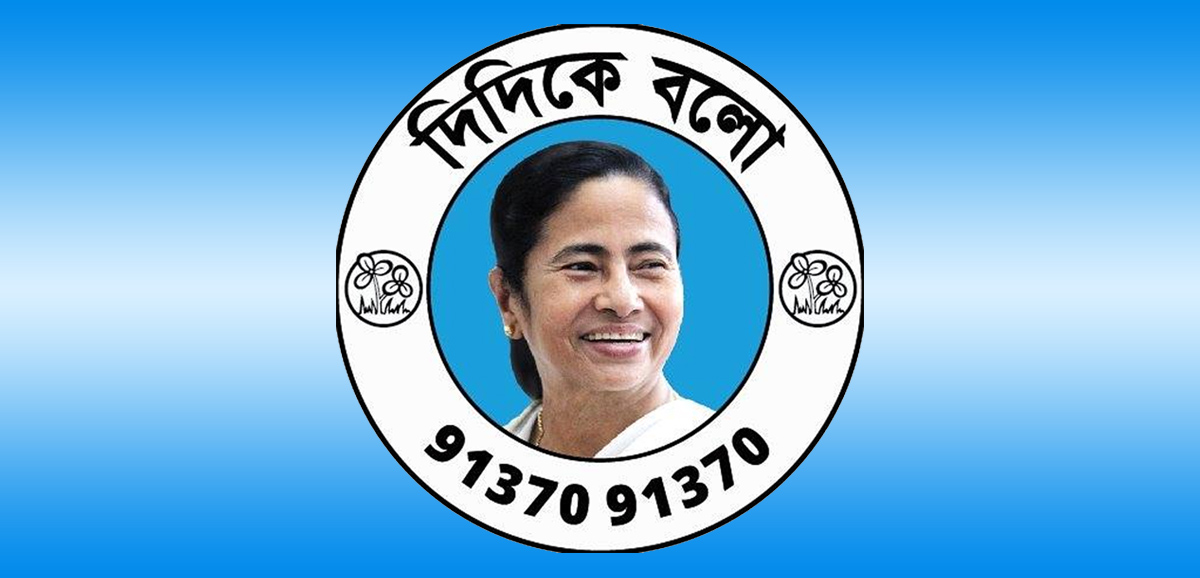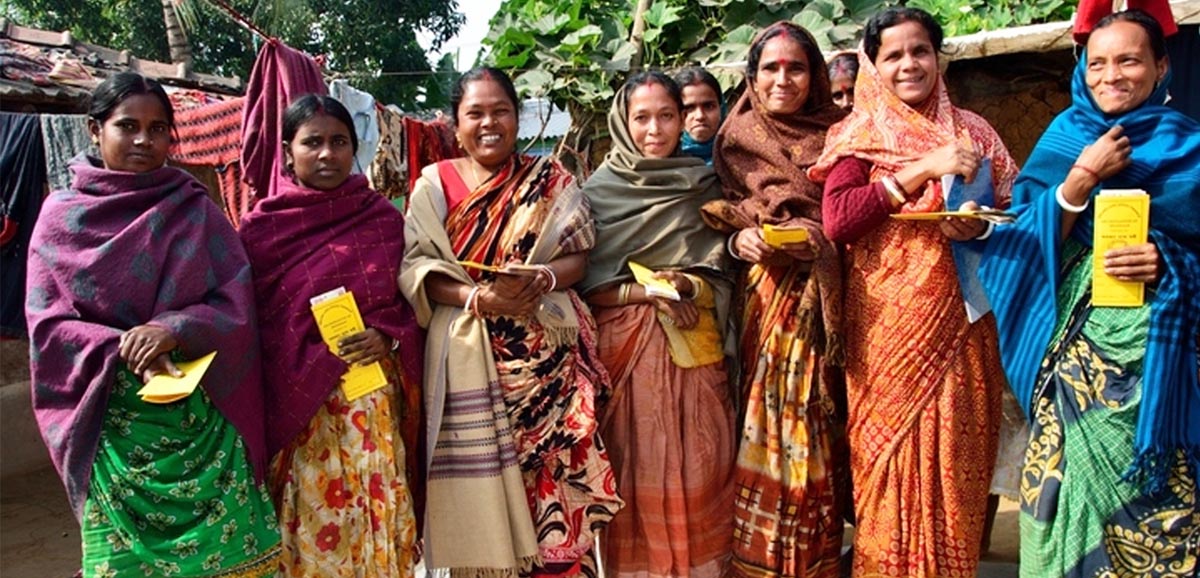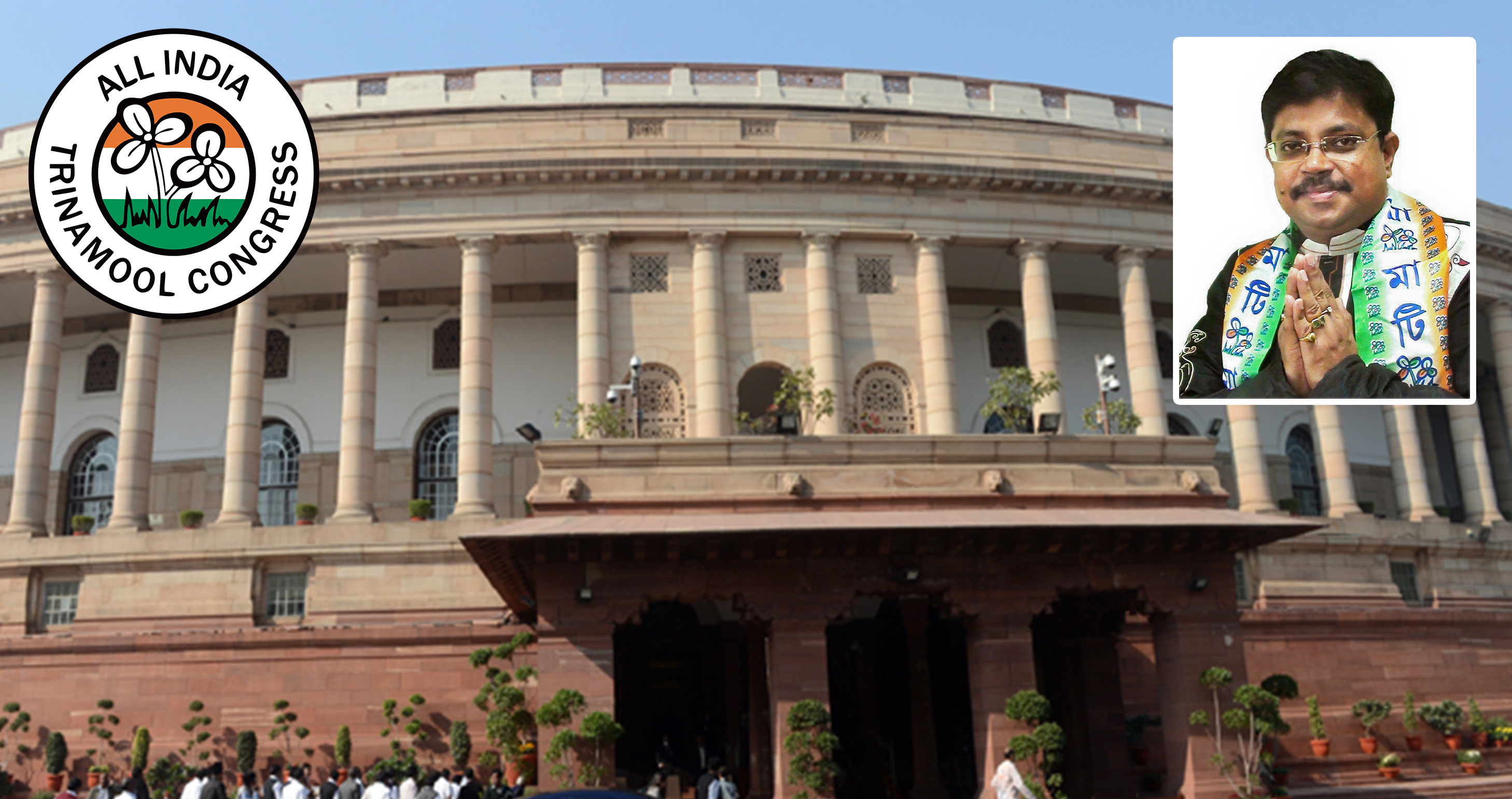The Bangla Government has taken up a comprehensive scheme for the upgrading of maternal, newborn and paediatric services at 68 tertiary and secondary healthcare facilities across the State with an aim to provide better treatment to expectant mothers and infants.
Chief Minister Mamata Banerjee has laid great stress on infrastructure-building at various healthcare facilities run by the State Health Department in the districts.
Infrastructural upgrades
The 68 tertiary and secondary healthcare units that have been selected for infrastructural upgrade are all ones that conduct more than 3,000 deliveries in a year.
The plan includes upgrading of labour rooms, operation theatres, toilets, and power backup and drinking water facilities.
Mother and Child Hubs
The Health Department has also initiated the process to setting up 14 Mother and Child Hubs (MCH) at different facilities across the State for ensuring qualitative and quantitative improvement in maternal and child services at various hospitals. Out of the 14, nine are operational.
The remaining five are coming up at Chittaranjan Seva Sadan, Calcutta Medical College and Hospital, Silampur Block Primary Health Care, Sujapur Primary Healthcare Centre in Malda district and Anupnagar Rural Hospital in Murshidabad in the current financial year.
Waiting Huts
Twelve Waiting Huts for pregnant women have been set up to facilitate safe delivery of infants in remote areas. All of them are currently functioning. The Health Department has a plan to set up five more Waiting Huts.
Waiting Huts have turned out to be extremely essential for the people, who had to travel long distances to reach hospitals.
Significantly, the Committee on the Empowerment of Women, a parliamentary committee for studying women’s issues, in a report titled ‘Women’s Healthcare: Policy Options’, tabled in Parliament on January 3, 2018, had proposed the creation of Pre-Delivery Hubs across the country, on the lines of Waiting Huts.
IMR and MMR going down, institutional delivery going up
Both the infant mortality rate (IMR) and maternal mortality rates (MMR) in the districts have gone down considerably in the past seven-and-half-years due relentless efforts taken by the State Government. This new set of projects will bring down the rates further.
It may be mentioned here that the maternal mortality rate in the State has reduced from 113 per 1 lakh mothers in 2011 to 101 in 2018 which is much below the national average of 130.
Infant mortality rate has reduced to 25 per 1,000 live births, which is also much lower than the national average of 34.
What is also significant is that the state government has increased institutional delivery from 65 per cent in 2010 to 97.5 per cent in 2018-19.
Budgetary allocation gone up
The Bangla Government has increased the budgetary allocation for Health Department from Rs 8,773.52 crore in 2018-19 to Rs 9,556.69 crore in 2019-20.
Source: Millennium Post










